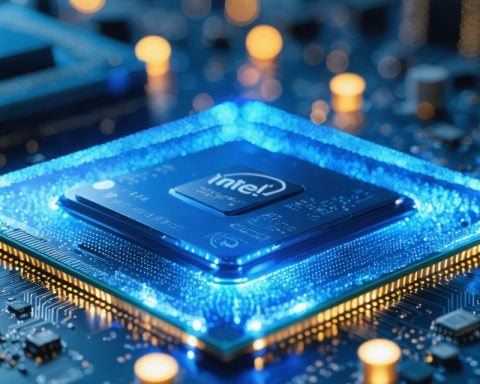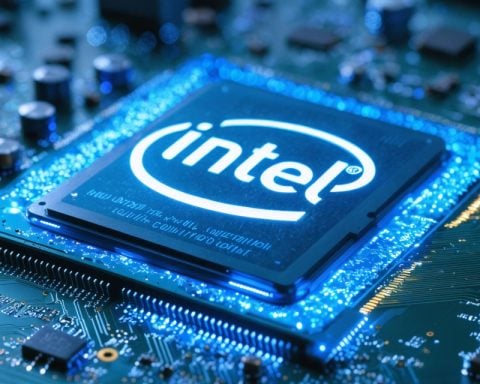Neuralink’s recent update on its second study participant, known as Alex, has brought promising results for individuals who have lost the ability to interact with the world. The update reveals that Alex was able to operate an on-screen cursor within minutes of connecting the implant, surpassing his previous levels of speed and accuracy in Neuralink’s Webgrid task using traditional assistive technologies.
The Neuralink PRIME study, which began in February, focuses on evaluating the safety and effectiveness of brain-computer interface (BCI) devices and associated software, surgical robots, tools, and procedures required for successful implantation. The latest update highlights Alex’s remarkable success in breaking existing BCI world records on his very first day using the newly implanted device.
Before his spinal cord injury, Alex worked as an automotive technician and was an avid FPS gamer. However, after his accident, he was restricted to playing games using a specific game controller for quadriplegics called the Quadstick. This joystick limited users to either moving or aiming at any given time, necessitating the use of a straw to switch between functions.
By combining the Neuralink implant with the Quadstick, Alex regained full interaction with the game. He could simultaneously move, aim, and shoot without interrupting one action to initiate another. All he had to do was think about where he wanted to aim, and the implant would interpret his thoughts, providing the appropriate in-game inputs.
Beyond gaming, the implant’s restored abilities also allowed Alex to pursue interests in computer-aided design (CAD). With the Neuralink implant, he successfully designed a customized mount for his Neuralink charger using Fusion 360. The design was later brought to life through 3D printing. The Neuralink team is currently working with Alex to expand the controls available in CAD software, allowing for quick switching between different modes and functions.
The update also highlights the lessons learned from the first patient, Noland Arbaugh, and the mitigation measures implemented based on his experience. The Neuralink team has successfully reduced the potential for implant retraction in Alex’s case by minimizing brain motion during surgery and ensuring a close connection between the implant and the brain’s surface.
With each advancement and success, Neuralink brings us closer to achieving seamless human-machine interaction. The ability to interface with computers and the world using only our thoughts is no longer confined to science fiction – it is becoming a tangible reality.
Additional facts relevant to the topic of Neuralink’s groundbreaking implant technology include:
1. Neuralink was founded in 2016 by entrepreneur Elon Musk and aims to develop implantable brain-machine interface technology.
2. The Neuralink implant consists of small flexible threads, thinner than a human hair, embedded with electrodes that can detect and stimulate the brain’s neural activity.
3. The implant is designed to be minimally invasive, with a surgical robot performing the insertion of the threads into the brain. This reduces the risk of complications and improves the precision of implant placement.
4. The primary goal of Neuralink’s technology is to enable individuals with neurological disorders or disabilities to regain lost functions and improve their quality of life.
5. The potential applications of Neuralink’s implant technology are not limited to individuals with specific disabilities. It could eventually find applications in various fields such as enhanced communication, memory improvement, and even cognitive enhancement.
The most important questions surrounding Neuralink’s implant technology include:
1. How safe and reliable is the Neuralink implant? As the technology is still in its early stages, ensuring the long-term safety and reliability of the implants is crucial.
2. How accessible will the technology be? Currently, the focus is on medical applications, but for wider adoption, the technology needs to be affordable and accessible to a broader range of individuals.
3. What are the ethical implications of brain-machine interface technology? The technology raises questions regarding privacy, autonomy, and potential misuse if it falls into the wrong hands.
Key challenges and controversies associated with Neuralink’s implant technology include:
1. Surgical risks and complications: Minimizing the risks associated with brain surgery is crucial, as any damage to the brain can have serious consequences.
2. Regulatory approval: The technology will need to go through rigorous testing and obtain regulatory approvals before it can be widely used.
3. Ethical concerns: The ethical implications of brain-machine interfaces, including issues of consent, privacy, and potential interference with personal identity, need to be carefully addressed.
Advantages of Neuralink’s implant technology:
1. Improved quality of life: The technology has the potential to restore lost functionality to individuals with neurological disorders or disabilities, offering them newfound independence and freedom.
2. Enhanced human capabilities: In the future, the technology could enable individuals to enhance their cognitive abilities or access information directly from the internet, expanding human capabilities beyond natural limitations.
Disadvantages of Neuralink’s implant technology:
1. Invasive procedure: Implanting the device requires brain surgery, which carries risks and requires skilled medical professionals.
2. Long-term effects: The long-term effects of having an implant in the brain are still unknown, and potential complications could arise years after the implantation.
Suggested related links to main domain:
– Neuralink (official website of Neuralink)



















